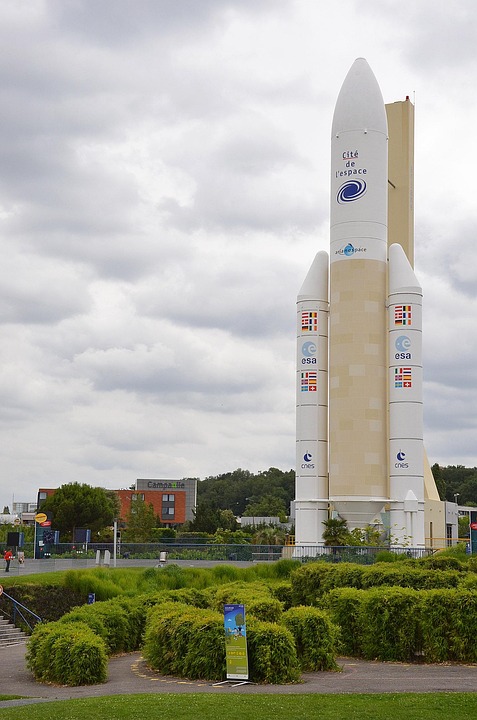The Fusion of Gaming Metaverse and Esports: A New Era of Competitive Play
Introduction
The gaming industry is undergoing a seismic shift with the rise of the gaming metaverse—a persistent, immersive virtual universe where players can explore, socialize, and engage in dynamic experiences. Simultaneously, esports has grown into a multi-billion-dollar phenomenon, drawing millions of fans worldwide. As these two realms converge, they are creating a new frontier for competitive gaming, redefining how players interact, how events are hosted, and how audiences experience their favorite games. This article explores the integration of the gaming metaverse and esports, highlighting its potential to revolutionize the industry while addressing the challenges that lie ahead.
The Rise of the Gaming Metaverse
The gaming metaverse refers to a network of interoperable virtual environments where users can move seamlessly between digital spaces, owning and trading assets via blockchain technology. Platforms like Fortnite, Roblox, The Sandbox, and Decentraland have already laid the groundwork, offering users the ability to attend virtual concerts, build digital real estate, and participate in social activities. Central to this vision are immersive experiences, decentralized ownership, and social connectivity, which are now being leveraged to transform esports.
Esports Goes Virtual
Esports, traditionally rooted in physical tournaments and spectator-viewing platforms, is evolving to embrace the metaverse. Virtual events in the metaverse allow for global participation without the constraints of geography, enabling players and fans to engage in real-time competitions and interactive experiences. For instance, Fortnite has hosted in-game concerts and tournaments, while League of Legends and Overwatch have experimented with virtual arenas. These events demonstrate how the metaverse can expand the reach of esports, making it more inclusive and accessible.
Key Elements of Integration
-
Virtual Arenas and Avatars
The metaverse enables the creation of 3D virtual arenas where esports tournaments can be held. Unlike traditional physical venues, these spaces can be designed with limitless customization, from futuristic stadiums to fantastical landscapes. Players and spectators can interact via avatars, which can be personalized with NFTs (non-fungible tokens) or digital collectibles. This not only enhances the visual experience but also allows for deeper engagement, such as attending virtual meet-and-greets with pro gamers or exploring team-sponsored zones. -
Blockchain and NFTs
Blockchain technology underpins the metaverse by enabling decentralized ownership of digital assets. In esports, this means players can own NFT-based in-game items, such as character skins, virtual real estate, or even digital memorabilia of their victories. Teams and organizations are also exploring NFTs to create exclusive merchandise and fan tokens, allowing supporters to vote on decisions or access unique content. This adds a new layer of value to esports, turning virtual achievements into tangible assets. -
Interactive Spectatorship
The metaverse transforms passive viewing into active participation. Spectators can navigate virtual stadiums, interact with other fans, or even influence the event through augmented reality (AR) overlays. For example, a fan might use a VR headset to experience a tournament from the perspective of a player or engage in real-time polls that affect in-game elements. This level of interactivity fosters a sense of community and redefines the relationship between players and their audiences. - Hybrid Events and Global Reach
While physical tournaments remain significant, the metaverse allows for hybrid events that blend virtual and in-person experiences. A player in Asia could compete against a teammate in Europe within a shared digital arena, while fans from both regions watch from their home environments. This reduces logistical costs and expands the audience base, democratizing access to competitive gaming.
Benefits of the Integration
- Accessibility: The metaverse removes barriers like travel and venue capacity, letting fans and players from any location join events.
- Revenue Streams: New opportunities emerge through virtual ticket sales, NFT sponsorships, and in-metaverse advertising. For example, brands could place virtual billboards in a metaverse arena or create interactive product placements.
- Enhanced Engagement: Gamers and fans can build deeper connections through social spaces, exclusive virtual meetups, and collaborative experiences.
- Innovation in Gameplay: Developers are experimenting with meta-games and cross-platform competitions that leverage the metaverse’s flexibility. Imagine a Call of Duty tournament where players navigate a procedurally generated virtual map that evolves with each match.
Challenges and Considerations
-
Technical Barriers
High-speed internet, compatible hardware (like VR headsets), and low-latency systems are critical for seamless metaverse experiences. While these technologies are advancing, widespread adoption remains a hurdle. -
Security and Fairness
The metaverse introduces risks like hackers manipulating virtual environments or cheating through exploits. Ensuring fair play in a decentralized ecosystem requires robust security frameworks and real-time monitoring. -
Cultural and Industry Resistance
Traditional esports stakeholders may resist the shift, fearing loss of revenue from physical events or the dilution of brand identity. Additionally, the learning curve for players and fans to adapt to metaverse interfaces could slow adoption. - Regulatory Uncertainties
The integration of blockchain and NFTs raises questions about intellectual property rights, taxation, and community governance. Clear regulations will be essential to sustain growth.
The Future of Esports in the Metaverse
The convergence of esports and the metaverse is still in its early stages, but the trajectory is clear. Major gaming companies are investing heavily in metaverse technologies: NVIDIA is creating virtual simulation platforms for esports training, while Epic Games continues to expand Fortnite as a hub for competitive events. Meanwhile, decentralized platforms like The Sandbox are attracting esports teams to build virtual stadiums, offering them a stake in the digital economy.
Looking ahead, we may see cross-platform competitions where players from different games interact in a unified metaverse, or AI-driven virtual referees ensuring fairness. The metaverse could also enable new genres of competitive play, such as virtual reality racing or augmented reality-based strategy games, blurring the lines between physical and digital arenas.
Conclusion
The integration of the gaming metaverse and esports represents a paradigm shift, combining the thrill of competition with the boundless creativity of virtual worlds. While challenges like technical limitations and security concerns remain, the potential for innovation, inclusivity, and economic growth is immense. As the metaverse matures, it will not replace traditional esports but rather enhance and expand it, creating a future where players and fans from across the globe converge in digital spaces to celebrate their passion for gaming. For industry leaders, the time to adapt is now—embracing this fusion could define the next chapter of competitive gaming.
Call to Action
Esports organizations, developers, and fans must collaborate to navigate this transformation. By investing in metaverse-ready infrastructure, fostering community-driven content, and addressing ethical concerns, the industry can unlock a new era of immersive, interconnected competition. The metaverse isn’t just a trend; it’s the next frontier of gaming, and esports is poised to lead the charge.







